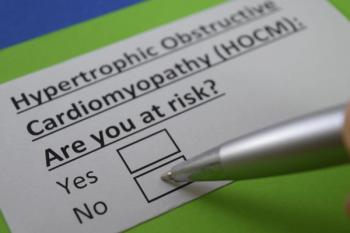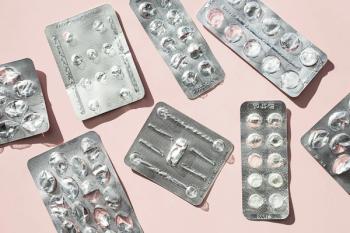
HHS report claims that pharmacies purchase Rxs at AWP minus 22%
Pharmacies acquire Rxs at AWP minus 22%, report by HHS IG states
NEWSBREAKS
MAJOR STORIES FOR PHARMACISTS AT DEADLINE
WHO'S RIGHT?
HHS report claims that pharmacies purchase Rxs at AWP minus 22%
States will be under pressure to slash Medicaid reimbursements in the wake of a federal report that estimated a typical pharmacy's actual acquisition cost for a brand-name drug was 21.84% below the average wholesale price (AWP).
The report, by the Department of Health & Human Services' Office of Inspector General, said the national average reimbursement in 1999 was AWP minus 10.3%. "We estimated that the Medicaid program could have saved as much as $1.08 billion if reimbursement had been based on a 21.84% average discount below AWP," the report stated.
"We recommend that the Centers for Medicare & Medicaid Services [CMS] require states to bring pharmacy reimbursement for brand-name drugs more in line with the actual acquisition cost," said the OIG report, released last month. CMS officials told OIG that the agency "would encourage states to review their estimates of acquisition costs" in light of the findings.
Immediately vowing to "challenge" the report, the National Association of Chain Drug Stores called the methodology "completely unsound." The OIG auditors reviewed 16,204 pricing invoices from 216 chain and independent pharmacies in urban and rural areas in eight states (Colorado, Florida, Indiana, Montana, Texas, Washington, West Virginia, and Wisconsin). They then calculated the discount off AWP.
NACDS noted that the report was based on a sample representing 0.4% of all U.S. pharmacies. In a memo to members, the association said, "A quick review of the just-released report begs important questions:
- "Were pharmacy invoice prices compared with AWP in the same time frame?
- "Were branded generics included in the definition of branded drugs?
- "Were the prices determined on a weighted average basis based on Medicaid Rx spending?"
The latest report is the fourth OIG has issued on the subject dating back to 1984. In 1997, OIG said pharmacies were acquiring Rxs at AWP minus 18.3% for brands and 42.45% for generics. More recent figures for generics are still being analyzed, OIG said.
The report noted that its scope was limited to ingredient acquisition costs. Unaddressed were "the effect of Medicaid business as a contribution to other store sales; the cost to provide professional services other than dispensing a prescription for instances such as therapeutic intervention, patient education, and physician consultation; and the cost of dispensing, which includes costs for computers, multipart labels, containers, technical staff, transaction fees, Medicaid-specific administrative costs, and general overhead," said the report.
Some of those costs are supposed to be covered by the dispensing fee, but the OIG reports have never addressed their adequacy. "We've never been able to figure out how to tackle the dispensing fee issue," Ben Jackson, director of field operations for Medicare and Medicaid audits, told Drug Topics. Jackson said that the states have so many differing feessuch as for brands, generics, and even ranges based on store locationthat coming up with a survey plan has been viewed as very time-consuming.
"We've just stayed away from it," he said. "We've tried just to stick with the AWP acquisition cost of the drugs."
Michael F. Conlan
Mike Conlan. HHS report claims that pharmacies purchase Rxs at AWP minus 22%. Drug Topics 2001;18:14.
Newsletter
Pharmacy practice is always changing. Stay ahead of the curve with the Drug Topics newsletter and get the latest drug information, industry trends, and patient care tips.











































































































































































































